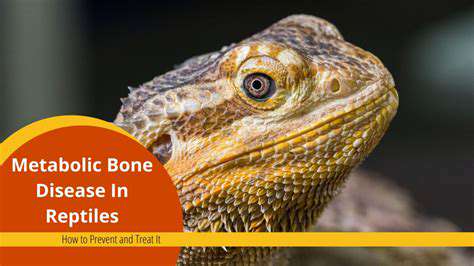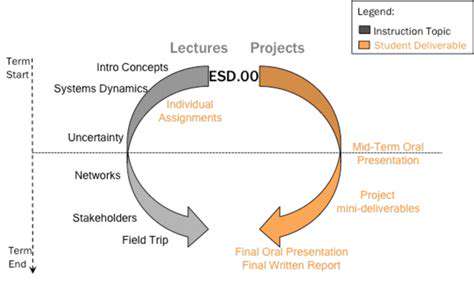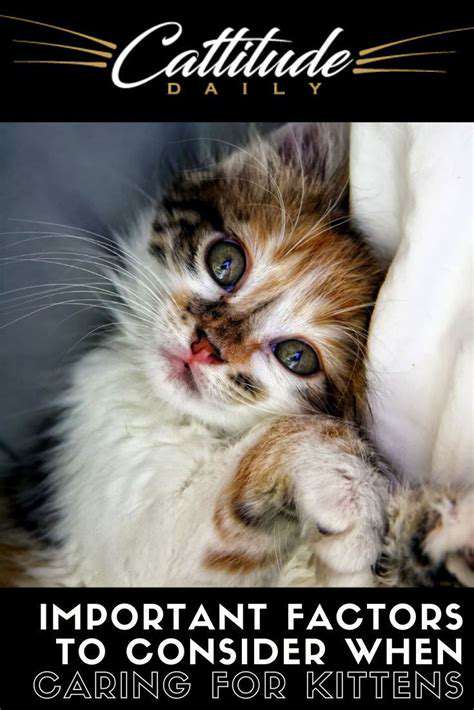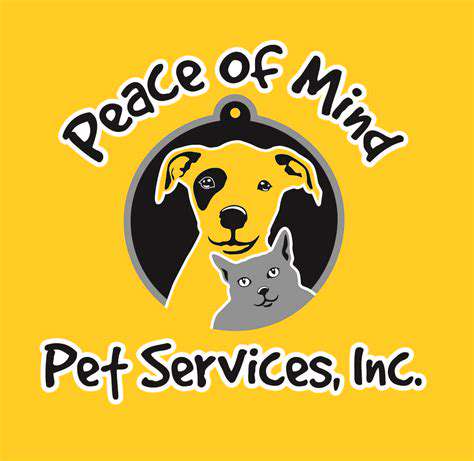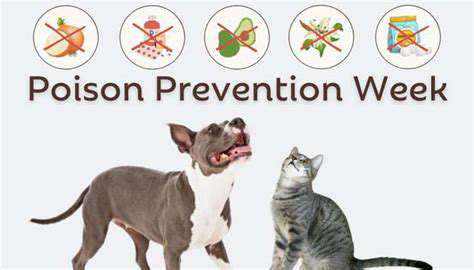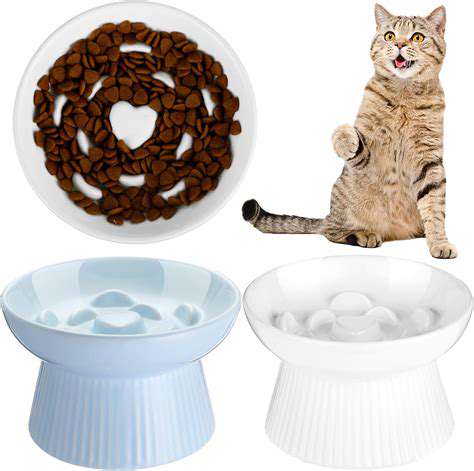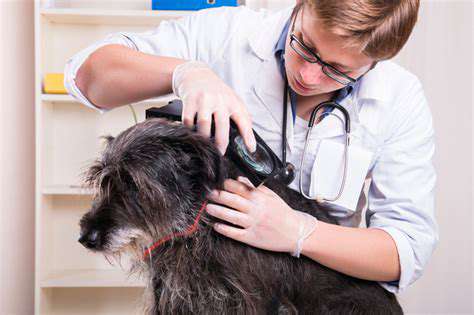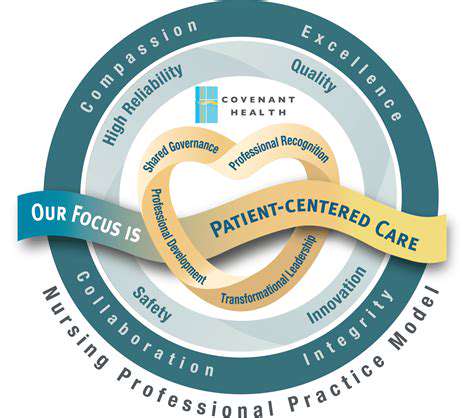Guide to Puppy Biting Correction
Preventing Puppy Biting Through Proactive Measures

Preventing Puppy Biting: Early Intervention is Key
Puppy biting is a common issue, but it's often a sign of developmental needs and not malicious intent. Understanding the reasons behind puppy biting, such as teething, exploration, and play, is crucial for effective intervention. Early intervention is key to preventing the behavior from becoming ingrained and potentially leading to more serious issues. Positive reinforcement training methods that focus on rewarding desired behaviors are essential for shaping a puppy's behavior.
Puppy biting is often a frustrating experience for both the puppy and the owner. However, consistent and patient training can dramatically improve the outcome. Early identification of the triggers and understanding the developmental stage of the puppy are critical for implementing the most effective strategies.
Understanding Puppy Development and Teething
Puppies go through several developmental stages, and biting is often a part of their exploration and teething process. Teething can be exceptionally painful, and biting is a way for puppies to manage that discomfort. Understanding these developmental stages helps owners respond appropriately and avoid inadvertently reinforcing the biting behavior.
Puppies also use their mouths to explore the world around them. This exploratory behavior often manifests as nipping and mouthing. It's important to recognize this as a natural part of their development and avoid reacting harshly, which could scare the puppy and hinder its learning.
Establishing Clear Boundaries and Communication
Creating clear boundaries is essential for any puppy, and biting must be addressed immediately and firmly. Consistent communication, using clear and calm body language, and verbal cues, is critical for setting appropriate expectations. It’s important to teach the puppy that biting is unacceptable and that alternative behaviors are preferred.
This includes teaching the puppy alternative ways to interact, such as playing gently or using chew toys. Establishing these boundaries early will prevent the puppy from developing destructive or aggressive behaviors.
Using Positive Reinforcement Techniques
Positive reinforcement techniques are crucial in shaping desirable behaviors. Rewarding the puppy for calm and gentle interactions reinforces those behaviors, while ignoring or redirecting biting behavior helps extinguish the undesirable one. This method fosters a positive association between interactions and avoids creating negative associations with the owner.
Reward-based training builds trust and strengthens the bond between the owner and the puppy. This approach is more effective than punishment-based methods and encourages positive interaction.
Providing Appropriate Chew Toys and Entertainment
Offering a variety of appropriately sized chew toys caters to the puppy's natural urge to chew and explore. This provides a safe outlet for their chewing instincts and helps redirect their attention away from inappropriate targets. Providing engaging activities like puzzle toys or interactive games keeps the puppy mentally stimulated, reducing the likelihood of boredom-related biting.
Addressing Underlying Issues and Seeking Professional Help
While most puppy biting is a normal part of development, sometimes underlying issues may contribute. Medical conditions, anxiety, or fear can sometimes manifest as biting. If biting persists or escalates, it's essential to consult a veterinarian or professional dog trainer to rule out any underlying concerns. They can provide tailored guidance and strategies to address the specific needs of your puppy.
Patience and Consistency are Crucial
Successfully preventing puppy biting requires patience and consistency. Training takes time and effort, and consistency in your approach will significantly impact the puppy's learning experience. It's important to remain calm, understanding, and persistent throughout the process.
Remember that every puppy is different, and what works for one may not work for another. Adjust your approach based on your puppy's individual needs and reactions. Be patient and persistent and you will see positive results.
Read more about Guide to Puppy Biting Correction
Hot Recommendations
- Review: [Specific Brand] Small Animal Cage
- Why Rescuing Pets Saves Lives
- Best Pet First Aid Kits [What to Include]
- How to Help Stray Animals in Your Community
- Guide to Adopting a Pet When You Have Kids
- Top Reptile Heat Lamps
- Heartwarming Rescue Stories That Will Inspire You
- Review: [Specific Brand] Bird Cage
- Best Aquarium Filters [2025 Review]
- Review: [Specific Brand] Smart Litter Box
